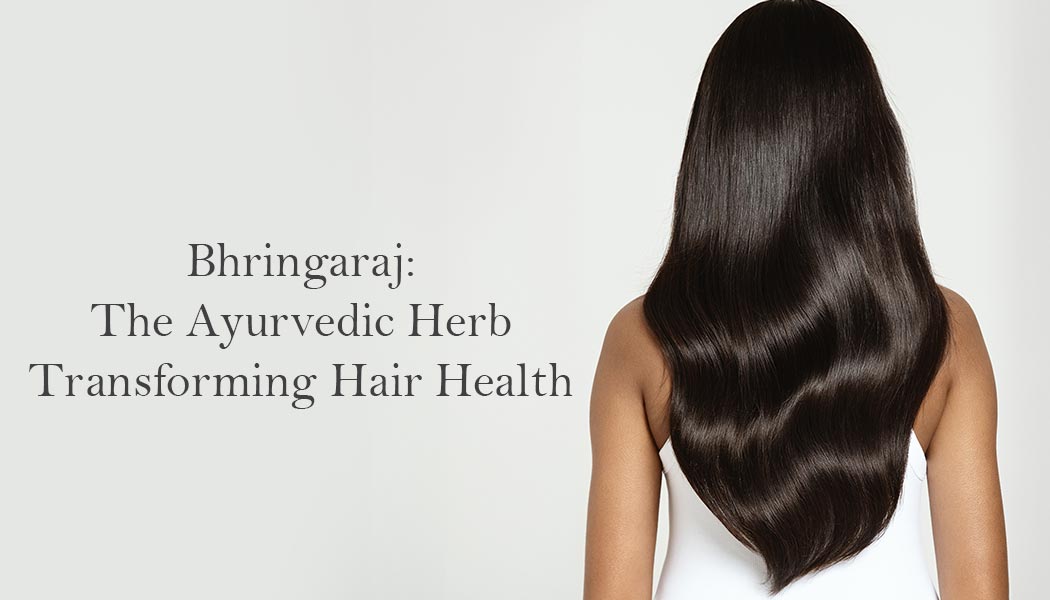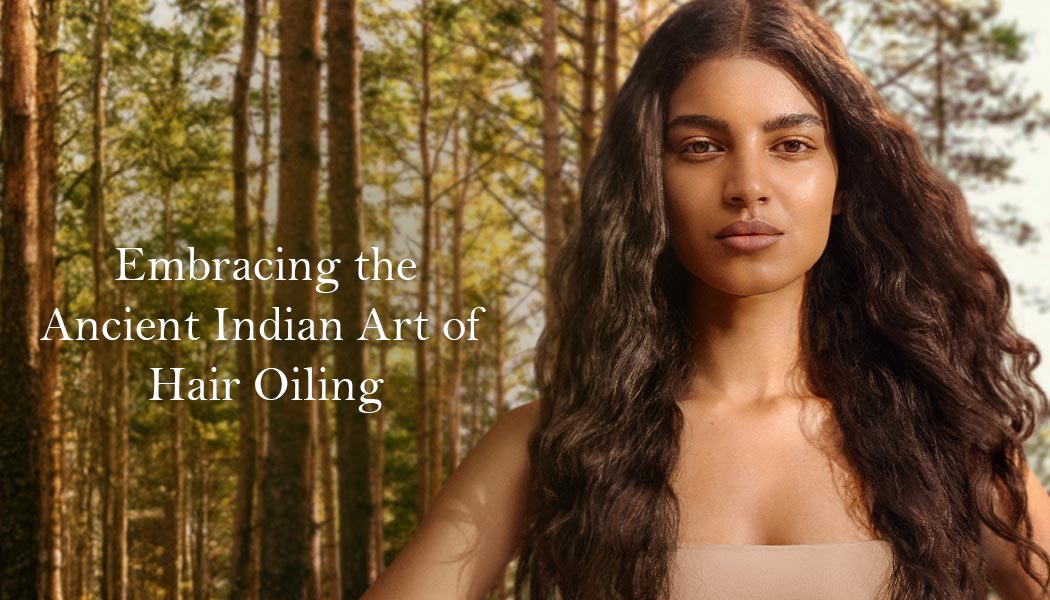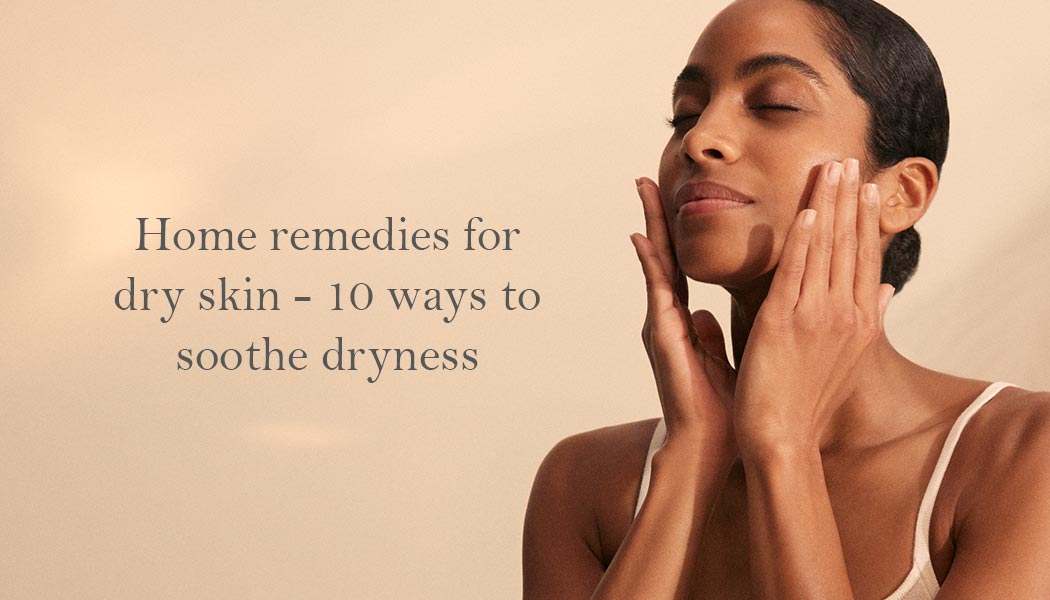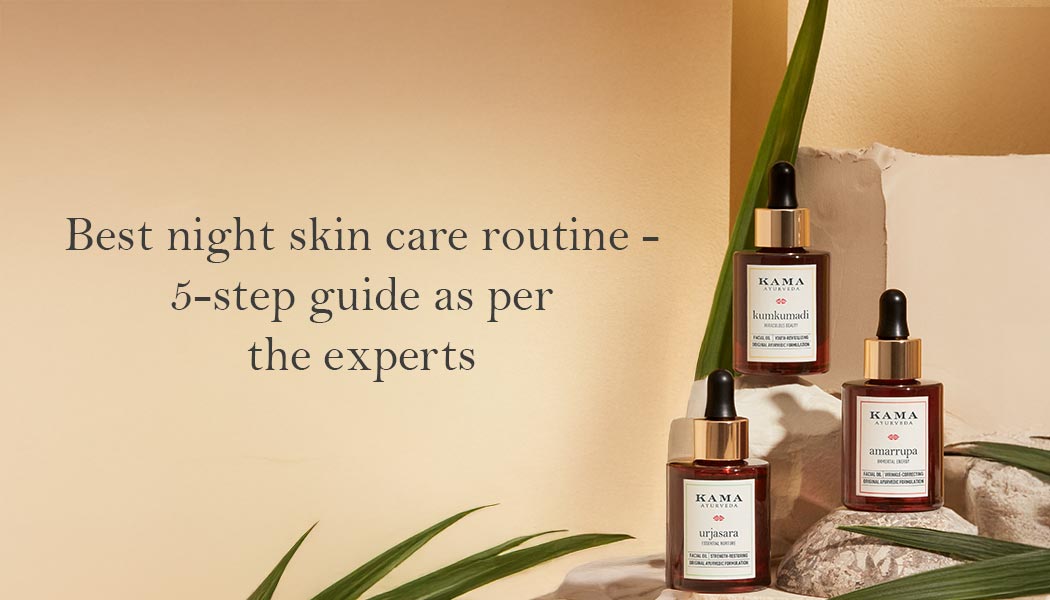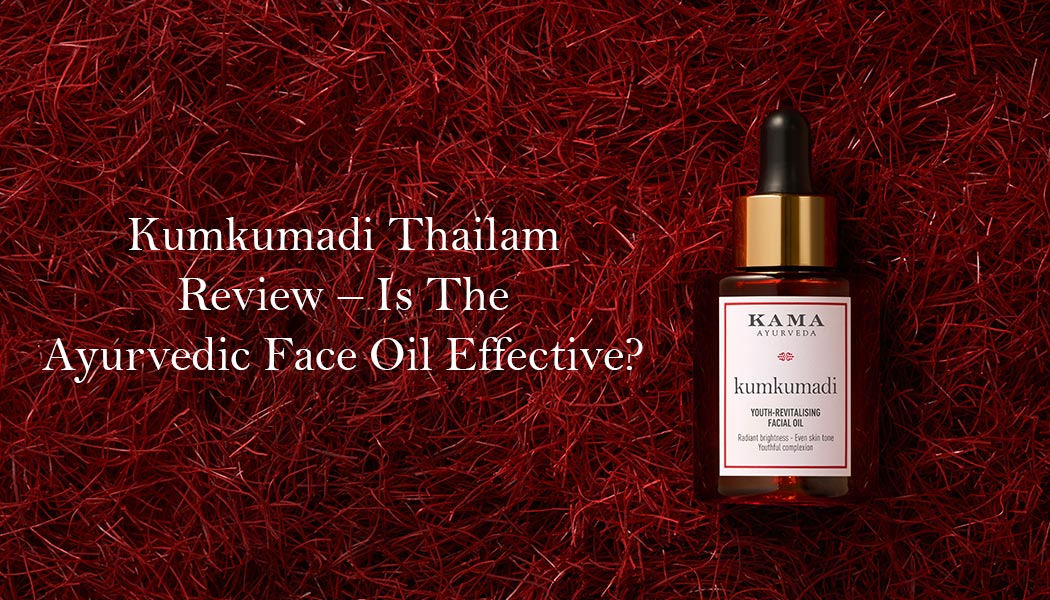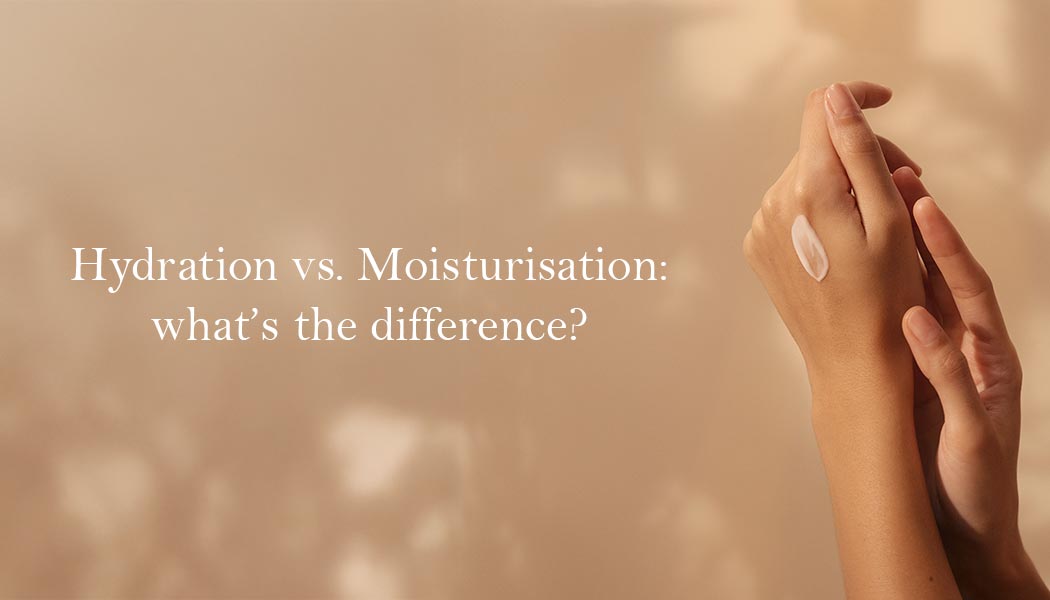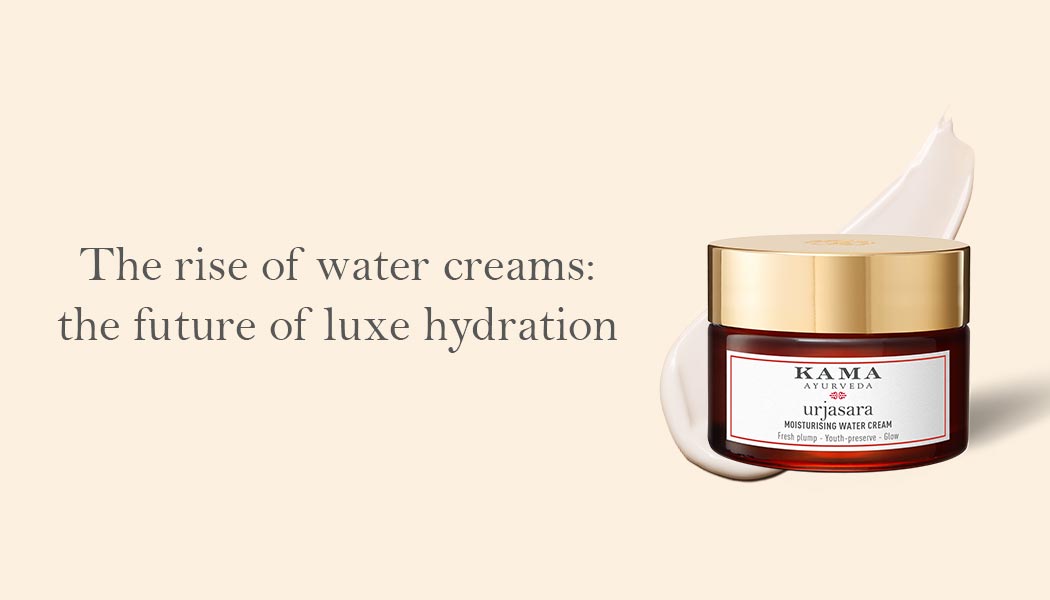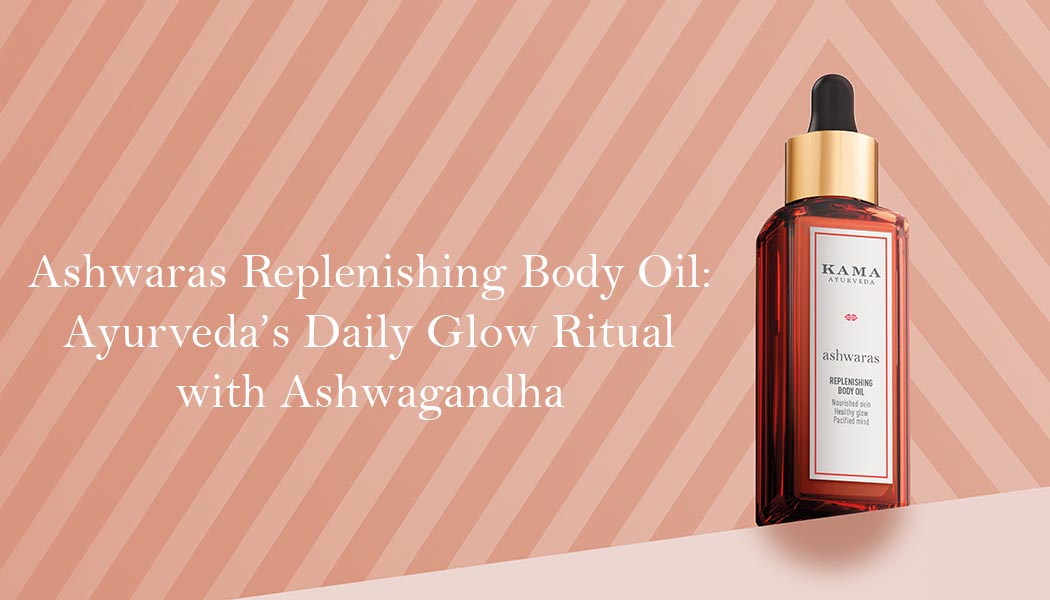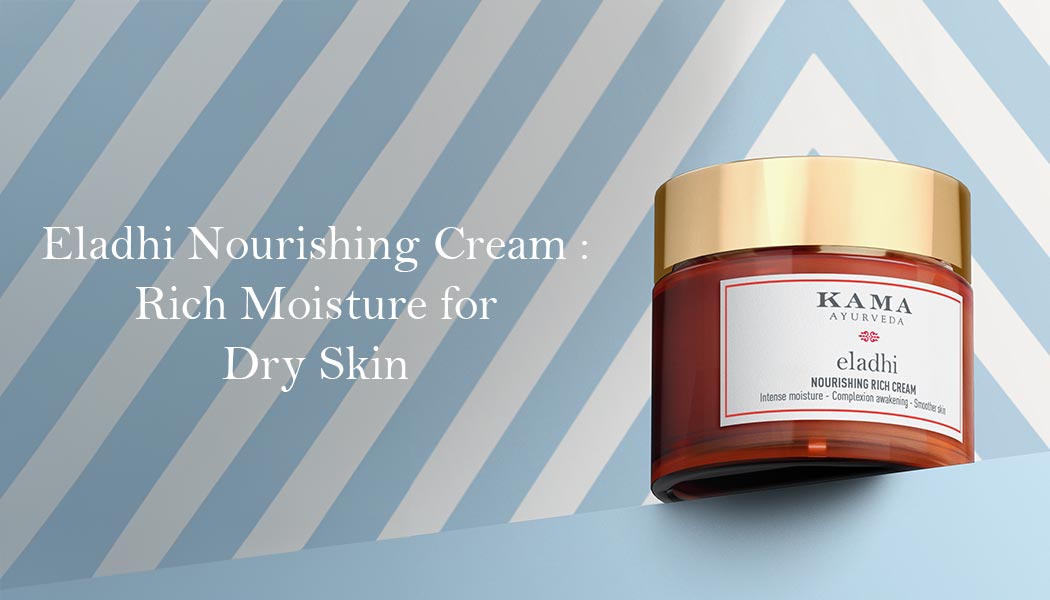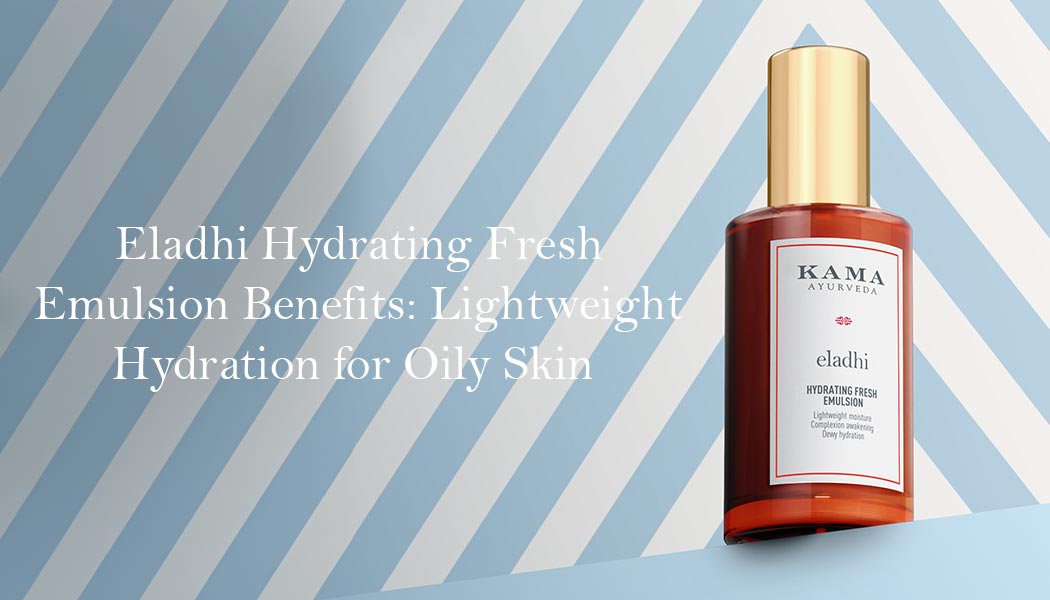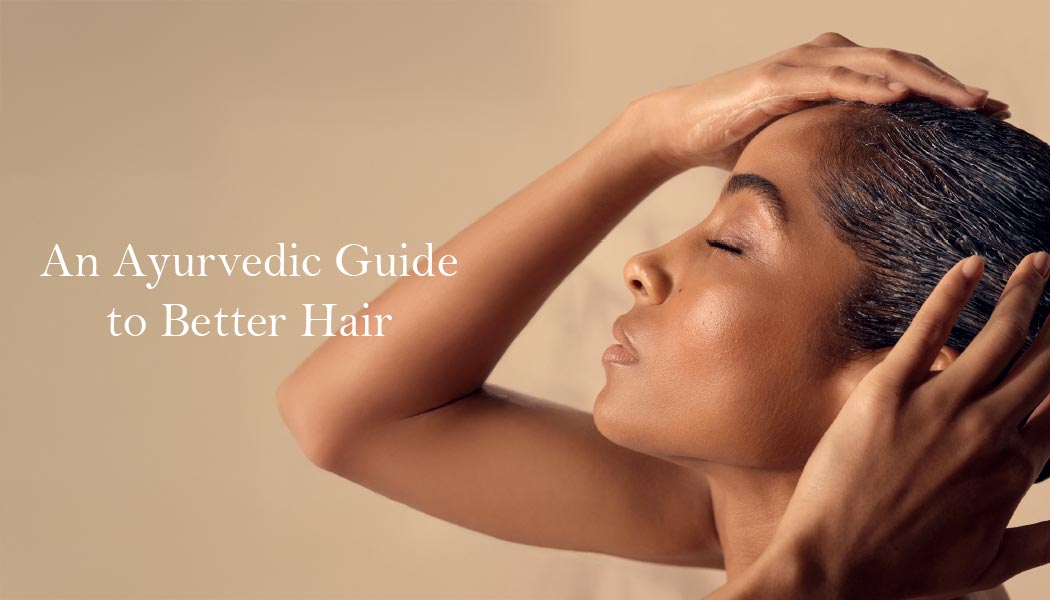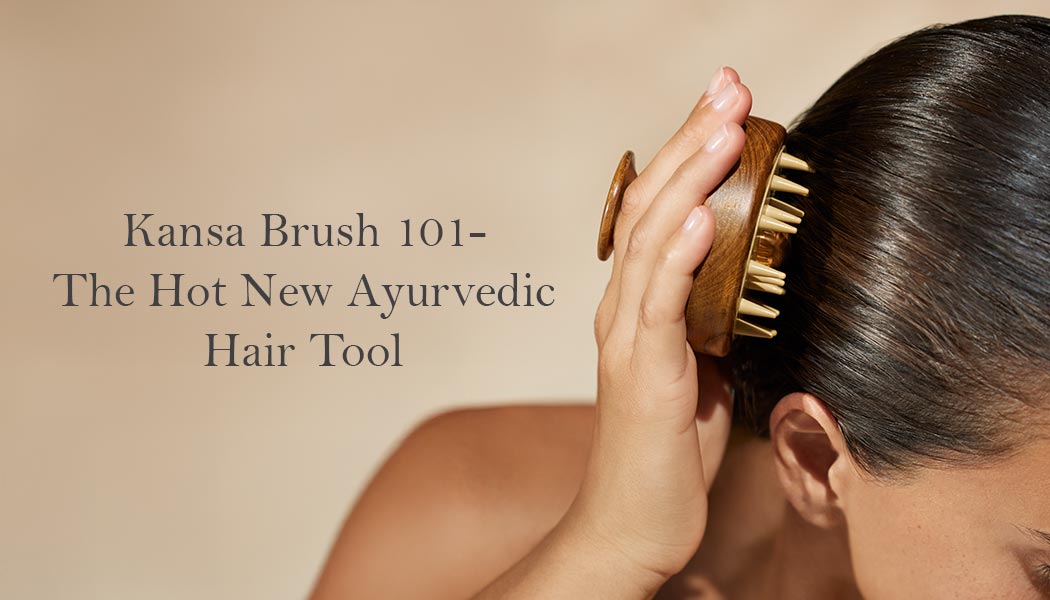- 7 August 2020
- 18 mins read
Pop, pop… pop them all. Is that your first instinct the moment you see those pimple bumps upon the face? Maybe your Mom’s instruction of ‘Do not squish them ever’ when you had the first one helps you resist the temptation of popping them away. Or perhaps, it’s the fear of marks or scars that makes you wonder if there was a way to get rid of pimples naturally.
Facial pimples are one of the most common skin problems. In India, there are at least 10 million people who suffer from pimples everywhere. So be assured, you’re not alone with your struggles.
Despite pimples being such an ordinary appearance that almost everyone has it at least once in their lifetime, people tend to suffer from low self-esteem related issues due to these eruptions. Studies have stated that acne and pimples create dismissive self-esteem among patients of every age group. This is seen more among women and girls who are prone to severe acne.
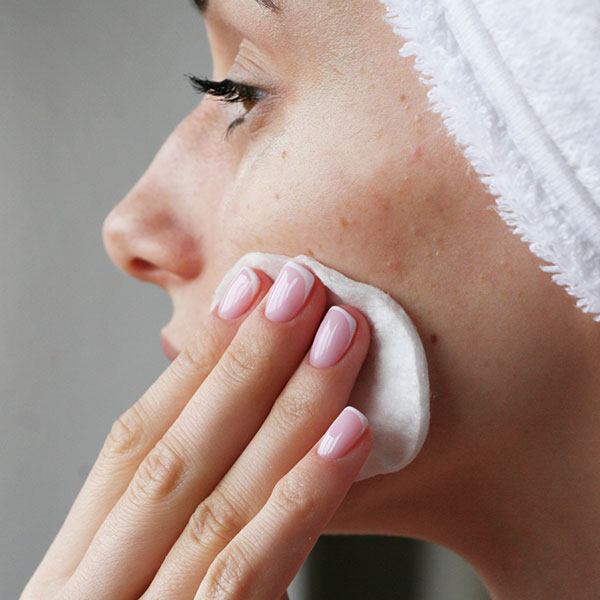
However, losing hope and self-esteem should be the last thing on your plate because there are multiple ways through which these eruptions can be combated. Staying hydrated, resisting the temptation of touching your face, keeping your skin moisturized, washing your face are few of the simple yet effective ways to limit the number of break-outs that one gets.
In this article, we’ll cover everything that you need to know about pimples and how to get rid of them naturally. Let’s get started with understanding this skin problem a little better.
What Are Pimples?
Pimples are small blisters, pustules, or papule-like eruptions most commonly seen on the face, back, chest or shoulders. They are majorly characterized by inflammation, redness, and even pain at times. They could be pus-filled or water-filled. Some people tend to refer to them as zits or spots as well. Numerous pimples are known to be a symptom of a skin condition or disease called Acne Vulgaris or Acne in common terms.
It is stated that Acne Vulgaris is very common among adolescence and affects over 80% of teenagers. Also, 3% and 12% of men and women respectively are prone to developing pimples even after the age of 25 years.
Some of the most common causes of pimples are hormonal changes, genetic susceptibility, water intake, smoking, alcohol consumption, clogging of pores, comedogenic products, and dandruff. If you're curious which of these is a significant concern for you, refer to the section later in the article.
But before, let’s answer the more important question -
How To Get Rid Of Pimples Naturally?
Having understood the different types of pimples and the triggers/causes associated with them must have got you wondering - Is there a way to get rid of them naturally? The answer isn’t a simple yes or no. There are some severe acne issues that require medical treatment. However, you can still count on Ayurvedic remedies, clean diet, optimum water intake and a good lifestyle to aid you in the process of getting rid of pimples. For those who suffer from mild pimples or acne, these remedies work perfectly.
- Amla (Gooseberry) Juice and Amla Powder
Amla is known to be a natural blood purifier and is rich in vitamin C. It is considered to be a powerhouse of antioxidants and fights inflammation.
Amla juice could be consumed as a detoxifying drink owing to its much-acclaimed remarkable properties of clearing the skin. To prepare Amla juice, cut around three to four amlas, add half a cup of water along with a pinch of salt, and blend it well with the help of a mixer or blender. This juice could be had once or twice a week.
Amla powder along with water would make an amazing face pack. It could be left on the face for 20 minutes following which it needs to be washed well with plain water. It would reduce the pimples as well as lighten blemishes at the same time boost the collagen production.
- Neem
Neem has been used extensively for herbal preparations since ancient times. They possess antibacterial, antiseptic, antifungal properties. Mix neem powder with water and make a thick paste then apply it on the affected area or the places where the pimple or acne is present. Allow it to dry. After 20 minutes rinse it off with luke-warm water. This will help to even out your skin tone and reduce the size of the break-out.
Alternatively, you can also use Organic Cold-Pressed Neem Oil as a spot treatment for pimples. Studies have proven that applying Neem oil regularly on the face is an excellent long-term acne treatment. Neem Oil prevents future breakouts by eliminating acne-causing bacteria, tightening the pores, and evening out skin tone.

- Basil or Tulsi
Tulsi has been used as a medicinal herb for centuries. It is tremendously famous for its skin-nourishing as well as immunity-boosting benefits. Tulsi has antifungal properties, therefore, keeps acne formation at bay. To utilize this leaf in your skincare routine, grind a few tulsi leaves along with a couple of neem leaves, add 1 teaspoon of freshly squeezed lemon juice and mix them all into a paste. Apply this on to the affected area. As soon as it dries off, rinse with plain water and pat dry. This pack will remove the dirt, impurities, unclog the pores as well as prevent and heal the acne breakouts.
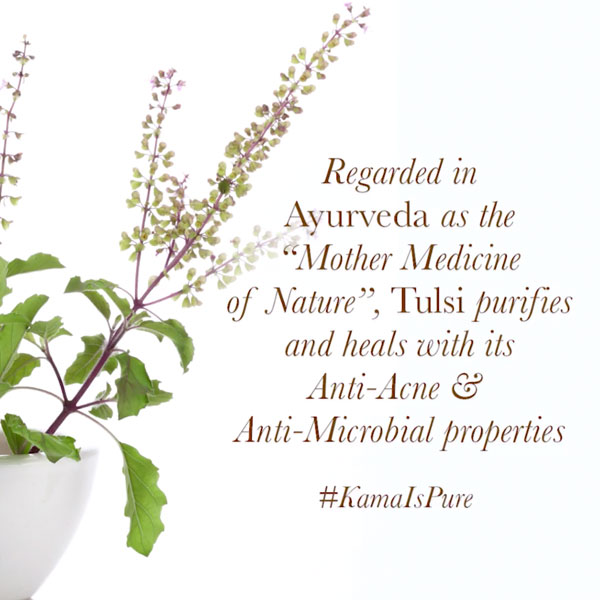
To get the benefits of Neem and Tulsi for Acne, you can use Natural Face Cleansers that have both Neem and Tulsi along with Tea Tree Oil as its key ingredients. Kama Ayurveda’s Anti Acne Cleansing Foam is one such cleanser.
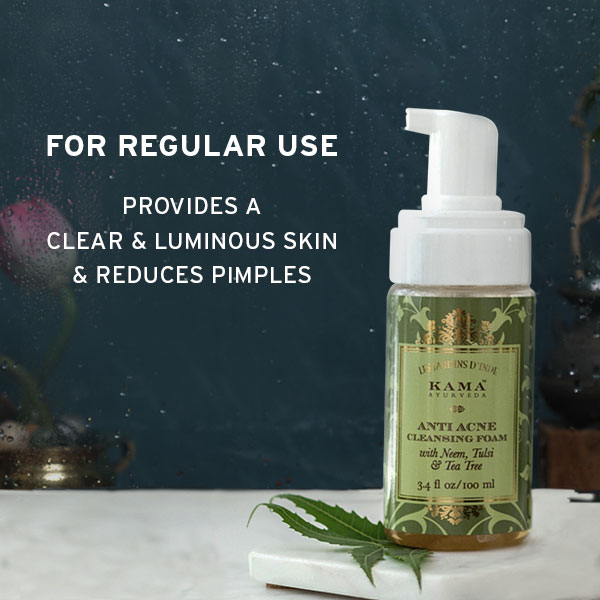
- Watermelons
Watermelons are a great source of antioxidants. They aid in skin regeneration and help to repair damaged cells. It boosts the production of nitric oxide in the body and thereby cleanses the skin. So, go ahead and consume them, they are not only great in taste but also help in reducing the oil production thereby lessening acne breakouts. They could also be applied directly over the affected area and be left overnight for healing.
- Aloe Vera
Aloe vera is rich in antimicrobial, anti-inflammatory, and antiviral properties. Aloe vera gel could be extracted and applied directly to the affected area or on the face over-all for around 10 minutes, after doing so wash your face thoroughly with plain water. Aloe vera helps to clean pore as well as diminishes the bacteria formation as it can rupture the bacterial cell wall. This also helps in the reduction of spot formation.
- Cumin Coriander-Fennel tea
Cumin Coriander Fennel tea helps in cooling down the system and reducing the production of toxins. The three-ingredient tea is prepared by soaking 1/3rd teaspoon of each of the seeds in hot water. The concoction is then strained to obtain this detoxifying drink. You can consume it three times a day to reap the maximum benefits.
- Papaya
Did you know that Papaya has rejuvenating properties? This fruit is not only good for your stomach but is also well known to nourish the skin. Applying Papaya pulp on the face helps in removing dead skin cells, and keeps the skin hydrated and moisturized. It also contains anti-inflammatory enzymes that help in soothing acne. The protein diffusing papain helps in exfoliating the skin. All of these characteristics of the papaya works against pimple formation.
A fine paste of raw papaya could be applied on the face for about half an hour, following which you can rinse it off with mildly warm water and pat the face dry. This pack will also help in reducing the blemishes caused by acne or pimples.
- The Ultimate Ayurvedic Herbal Mixture
Grind Fennel, Basil, Turmeric, Coriander seeds, Amla, and Coriander seeds thoroughly and make a powdered mixture. The Ayurvedic ingredients have powerful anti-inflammatory properties and are rich in antioxidants. You can mix half a teaspoon of these ingredients in luke-warm water to create the ultimate Ayurvedic drink to get rid of pimples and consume it 15 minutes before lunch and dinner.
For an external application of herbal mixture, you can add sandalwood paste along with rose water and turmeric to these ingredients. This could be applied for 30 minutes in the affected area. Later, rinse it away with cold water.
We also recommend Kama Ayurveda’s Nimrah Anti-Acne Face Pack to heal pimples, blackheads, pimple scars and skin inflammation. With powerful Ayurvedic ingredients like Vetiver, Ashwagandha, Red Sandalwood, Coriander, Lodhra and Liquorice, this face pack works as a treatment for acne and pimples.
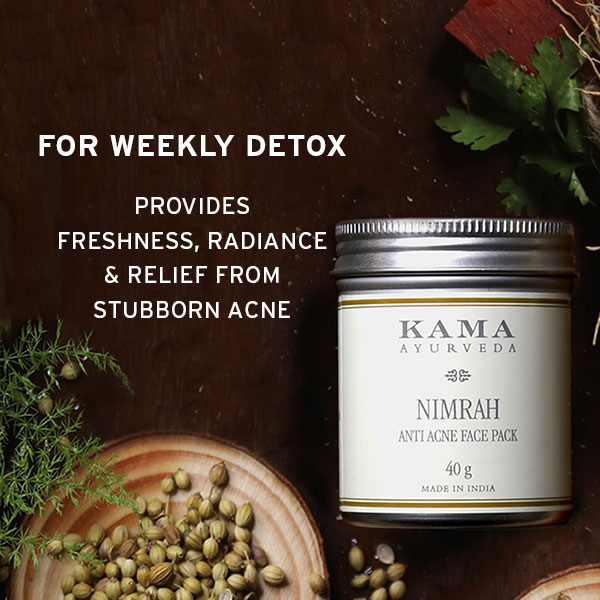
- Honey
Honey is rich in antioxidants and also contains anti-microbial properties. Applying pure honey directly on the pimple or scars for about 15-20 minutes and washing it off is also sufficient for clearing the acne. This could be utilized regularly. Honey enhances the healing properties of the skin and at the same time reduces and keeps away bacterial formation. It also moisturizes the skin and keeps it looking replenished.
- Turmeric With Rose Water
Turmeric has the ability to cleanse toxins from the pore. It contains antifungal and antibacterial properties because of which it prevents bacterial breakouts. Turmeric along with Rose Water could be applied evenly on the face or just on the affected area. After it dries out completely, rinse the face with water and pat dry. Instead of Rosewater, honey could also be used if one faces dry skin-related issues.
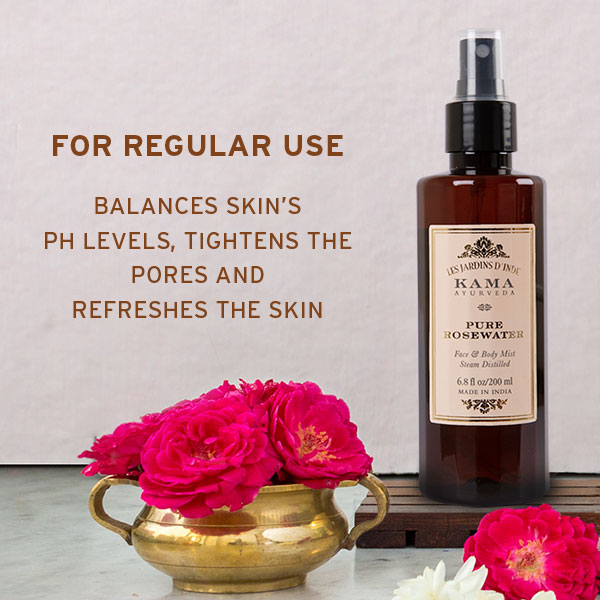
What Causes Pimples? - Common Triggers and Risk Factors
Some people are more prone to pimples than others. Understanding what causes pimples is useful in managing them as some of these triggers are easy to avoid. With an awareness of these triggers and risk factors, we can modify our lifestyle and adopt some healthy habits to combat pimples.
- Hormonal Changes
You might have heard many times about the correlation of hormones with these unwanted eruptions. But, to understand this better you need to know what is sebum.
Sebum is an oily, sticky, fatty substance that is secreted by the sebaceous glands. Sebum helps in sealing moisture and prevents dryness; however excess sebum production makes the skin oily and clogs the pores. These glands are usually associated with hair follicles and found in every part of the human body except on the palms, soles of feet, and lips.
The secretion of sebum is controlled by the androgen hormone, specifically the male sex hormones such as testosterone. With the onset of puberty, androgens inundate the human body causing a rise in the level of hormones secreting sebum. Because of which many individuals have acne as soon as they hit puberty. These hormones get regulated and steadied post-puberty in males, however, in females it doesn’t since the monthly menstrual cycles, pregnancy and even menopause causes variation in the secretion of these hormones leading many to face pimple-related issues through and through.
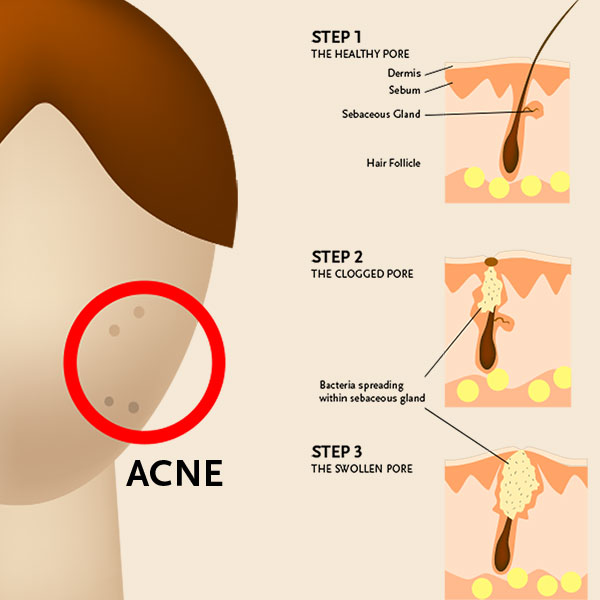
- Genetic Susceptibility
Many studies claim that the genes you carry and your family line do play a role in acne issues. In case it runs in your family and you have been unlucky since your genes did not mutate then there are high chances for you to face acne as well.
On the other hand, certain gene mutations also could be a trigger for frequent pimple eruptions, despite not having a familial history. Acne is also a customary symptom for those having PCOS (Polycystic ovarian syndrome) and this disease is known to cluster in families. Also, the risk of having acne is even more intense in case both your parents had it as compared to one of them having it.
- Water Intake
Hydrating your body at all times has miscellaneous advantages, reduction in the number of pimples is one of them. When a person suffers from excessively dry skin as a consequence of dehydration, there could be a spurt in the secretion of oil production, causing pimples to formulate.
Drinking an adequate quantity of water prevents this as well as flushes out toxins and harmful bacteria out of the body and skin. It allows the skin to remain moisturized and effectuates a radiant glow. So, do not take this simple yet mighty liquid for granted go ahead, and have at least 8 glasses or two liters of water daily. If you struggle to maintain your water intake when the temperature drops, here’s a tip that will help you.
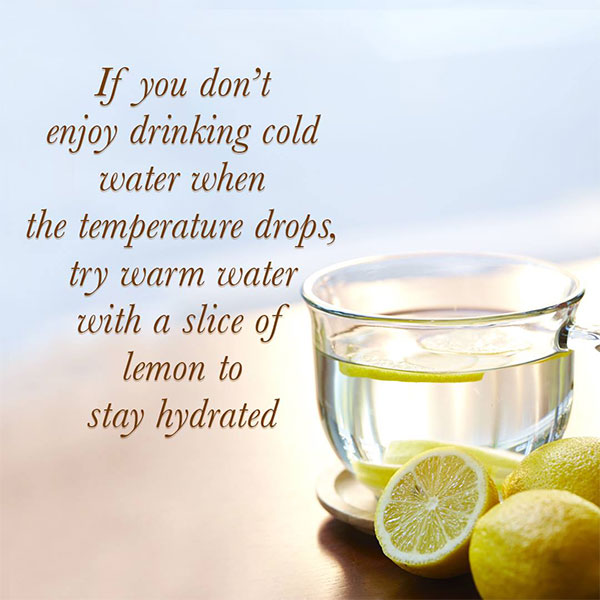
- Smoking and Alcohol Consumption
A specific kind of ‘non-inflammatory acne’ (also known as blocked pores and blackheads) is a result of smoking. Did you know that the skin cell turnover (regeneration of skin cells) increases with exposure to nicotine and other chemicals? This in turn constricts the blood vessels, reduces the supply of oxygen to the skin and kindles oxidation reaction, thereby altering the quantity of sebum production of the skin.
Alcohol, on the other hand, does not directly cause acne or pimple break-outs. However, alcohol causes a spike in the blood sugar level which sets forth hormonal domino effect causing a spurt in the level of androgens which in turn projects the acne.
The effect that alcohol has on the liver is quite known, if the function of the liver is hampered, its ability to flush out toxins from the body will diminish. The only way for those toxins to vent out would be through other channels, one of them being the skin and this in turn would wreck the skin causing pimple eruptions.
- Clogged Pores
Just like we keep rejuvenating ourselves through various means, even our skin has to shed those dead skin cells. However, many times these dead skin cells render trapped, thereby causing a build-up and blockage of the pores (hair follicles) on the skin. These pores have paramount importance as it releases oil and sweat. With clogged pores, this function gets obstructed causing the formation of blackheads, pimples, zits, etc . Steaming your face can help in clearing these clogged pores.
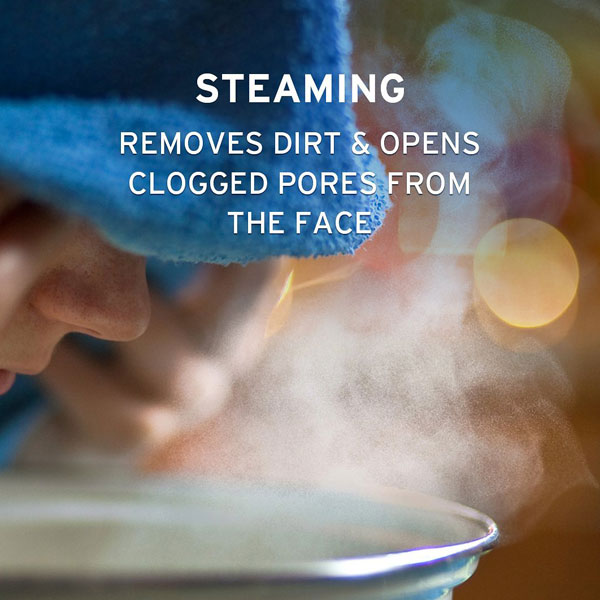
- Comedogenic Products
Comedogenic products are those products that contain ingredients that could pilot a closure or blockage of your pores. The implications of blocked pores have been mentioned in detail above. Vast variety of make-up products, moisturizers are comedogenic which could cause acne formation, blackheads, whiteheads, etc.
- Dandruff
Dandruff could lead to pimples on the scalp and forehead as well. Dandruff is caused by a skin fungal called Malassezia globosa. These fungi disrupt the functioning and breaking down of the sebum. They also leave back oleic acid and people who are sensitive to this acid suffer from acne breakouts on their forehead.
Other than these few other factors that could provoke acne breakouts and pimples are stress, climatic changes, poor dietary habits, not maintaining appropriate facial hygiene.
It is possible to overcome frequent pimple eruptions by following a healthy lifestyle and a nutritive diet. In case they still appear the best way to fight them off and prevent them is using natural remedies as they would not have any adverse side-effects either.
What Are The Different Types Of Pimples?
Not all pimples are the same. We’ve discussed the various causes of pimples in the previous section. The type of pimple you get mostly varies with the trigger. Here are some of the most common types of pimples.
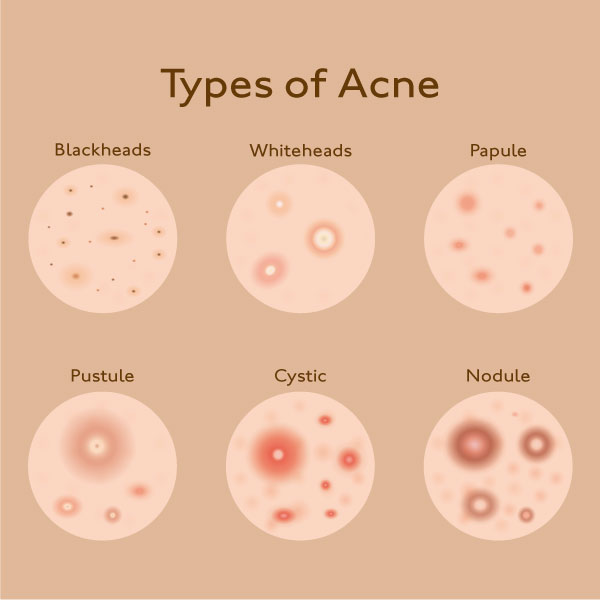
- Whiteheads
As the name suggests, the tiny bumps or comedones that one would find on the face with a whitish color surface are called whiteheads. Usually, the skin layer above the whiteheads remains closed. Clogged pores and excess oil secretion are the main reasons for their appearance. They are majorly visible on the T-zone area that is the nose, forehead, and chin.
- Blackheads
Again, the name gives away its identity. These are similar to whiteheads in a way, except that the skin surface above it is opened. They are unhidden comedones. It is a common belief that the black hue is due to the dirt being trapped, on the contrary, the dark color is caused by the oxidation of oil and melanin. Melanin is the pigment that gives skin its color. Blackheads are also caused by an increase in the production of sebum and clogged pores.
- Papules
When an area of the skin’s tissue seems to be elevated (less than 1cm) it is said to be a papule. It could have a shape that could be flat or dome-like. They are slightly painful and appear swollen as well as reddish in color. Papules could appear singly or crowded in one area, forming a rash type of appearance. These may or may not have distinctive boundaries.
- Pustules
Pustules are what many of us consider as a typical pimple with a whitish cap. They aren’t to be confused with whiteheads. The white bump is caused by the body’s innate reaction to fighting infection with the help of white blood cells. Pustules are pus-filled; it could be whitish or yellow which contains the white blood cells and bacteria. They would also appear as swollen with a reddish boundary. They would seem tender to touch.
- Cysts
These could arise anywhere on the body. They are pocket filled or sac-like in appearance and feel more like a hard bump. Clogged pores, oily skin combined with an infection gives rise to a cyst. Cysts are majorly benign but they could be malignant as well depending on its location. There are also various types of cysts like a sebaceous cyst, epidermoid cyst to name a few. They are formed deep within your skin and would be filled with pus. These take time to heal and, in most cases, leave a scar behind.
- Nodules
These are mostly skin-toned but could also be reddish when the skin turns inflamed. They are very painful to touch. It needs in-depth, concentrated medications as it’s severe and difficult to heal. Nodules are even harder to touch than cysts and are not pus-filled. They prolong for weeks together or maybe even months because of which the contents within begin to harden and also get deeper over time.
Whenever the pimple isn’t of the severe form, they can be treated easily by natural remedies but in case of painful, prolonged occurrence it is advisable to seek professional and medical help from a medical practitioner or dermatologist.
Pimple Acne Face Map
We’ve talked a lot about pimples and by now you must be feeling equipped with some useful tips to get rid of pimples naturally.
In this section, we’ll further enhance your knowledge about pimples by talking about what pimples in the different areas of your face mean. Yes, you heard that right! The spot at which a pimple appears also speaks a lot about what caused it in the first place. Let’s start uncovering the mystery behind these pimples.
- Hairline Pimples
Pimples along the hairline could be caused by various reasons. The major one could be due to the possibility of product build-up near the hairline area. The product could be shampoos, hair sprays, mousse, oils, gels. Also, pomades which are thick and mineral oil-based hair products could be a reason for the same. This ingredient holds the sebum in the hair follicles from exiting thereby giving rise to pimple formation.
We recommend natural shampoos that are free from chemicals that trigger pimples.
- Cheek Pimples
It is not surprising to know that our mobile screens could conceal various bacteria for example the E Coli bacteria. And the moment we hold the mobile screen close to our face we are unintendedly spreading the bacteria onto our skin. The facial skin is more delicate and easily allows the bacteria to spread, thereby giving rise to pimple formations. It's recommended to regularly disinfect your mobile phones.
Any article or item pressed against your cheek which has an inhouse of bacteria could give rise to pimple breakouts. Yes, there’s your reason to change your bedsheets and pillow covers frequently.
We also recommend washing your face regularly with a natural cleanser meant for acne-prone skin.

- Jawline Pimples
Usage of comedogenic cosmetic products, sports equipment like a chin strap, or anything of a similar kind which encloses and traps heat as well as sweat could be a reason for jawline pimple breakouts. Even musical instruments like a violin that frequently come in contact with the jawline could also be considered as a reason.
The presence of pimples on the cheek as well as the jawline could indicate an imbalanced hormonal level, this could also be a result of poor dietary habits.
- Nose Pimples
Usually, the acne found on the nose isn’t inflamed and is majorly small in size also. It's common for people to find blackheads in the nasal area. The main reason for it could be excessively oily skin. The sebaceous gland is higher in number on the nose as compared to the other parts of the body. The pores on the nose are more prone to dilate in case you keep fidgeting with those small bumps, it would thereby accumulate more dirt and oil.
- Chin Pimples
A very common cause of pimple on the chin area is ingrown hair. This usually crops up when the hair grows back into the skin. It gives rise to redness as well as inflammation. This is more common in males as compared to females; however, it could occur to anyone. These kinds of pimples would be itchy and may also develop into a pustule.
- Pimples Between the eyebrows
Going to the parlor to get rid of that unibrow could be a major reason for getting pimples between the eyebrows. In order to get rid of the hair, by threading or waxing, the hair is pulled right out of the root. Later-on when the hair regrows there are chances that the hair doesn’t come out at the surface and remains ingrown. This ingrowth results in pimples.
How to Get Rid of Pimples Overnight?
Before we address the ‘how’, the important question is - Can you get rid of pimples overnight? Well, as much as we wish for this, there is no way to remove pimples overnight for sure. However, we’ve talked about the two ways that are effective for some people.
- Toothpaste
Toothpaste contains ingredients that help the pimple to dry out, heal and fall away. Hydrogen peroxide, baking soda, and alcohol help to dry out the little bumps, because of which applying a tiny amount of it on the pimple before you go to sleep could help you to get rid of it. Also, the menthol present in the toothpaste allows the redness and inflammation to subside.
However, at the same time, it is important to beware that applying toothpaste on the skin would also cause irritation to the skin surface. After all, the real function of the toothpaste is to cleanse your oral cavity and it would be better if we allowed it to remain restricted to that utility only.
- Tea Tree oil
It is stated that tea-tree oil contains anti-microbial as well as anti-inflammatory properties. Aloe vera gel along with a few drops of tea tree oil could be applied to the pimple or acne before going to bed. In the morning rinse it out with warm water.

Read - How To Use Tea Tree Oil For Acne?
Research states that it could help in diminishing the acne but it is not a cure-all. Therefore, neither this method nor any other method could help in diminishing the pimple overnight even if anyone claims the same. There are no supporting research pieces of evidence up-to-date to give proof to such claims.
How to Get Rid of Pimples Fast?
Lastly, we’ll mention a few other hacks to get rid of pimples fast. Note that we only recommend natural and safe methods to get rid of pimples. These quick hacks might work once or twice in the time of crisis. However, they are not good for the skin. We recommend that you remain patient with your body and your skin. Embrace yourself, with or without pimples.
But if you need to get rid of pimples for an important event, you can try these methods.
- Aspirin
Aspirin is commonly known as a pain reliever, and it contains acetylsalicylic acid. Salicylic acid is known to have the property of drying the skin which could help get rid of excess oil formation as well as dead skin cells. This acid also helps in diminishing the blemishes. It isn’t recommended to use aspirin to treat and deal with acne or pimples, but in case you still choose to use it; crush a few of the aspirin tablets with one tablespoon of warm water. Mix it into a thick paste and apply it on the affected area. Leave it on for 10 minutes to 15 minutes and rinse it thoroughly.
- Ice or Heat
First, apply warm water or warm compress over the zit; this would aid in cleaning the pores and removing the debris trapped within. Afterward, apply the heat for 5 to 10 minutes and follow it with the application of ice for a minute or so. This could be repeated daily until the breakout clears away. It is important to remain cautious and not use excessively hot compression as it could burn the skin and extensively cold application could cause frost-bites. Again, this method is also not suggested as there are chances that you could damage your skin in the process of getting a quick fix.
FAQ about pimples
1. How to get rid of pimples for men?
Even men could use the same methods to get rid of pimples as stated in the “How to get rid of pimples naturally” section mentioned above.
2. How to get rid of small pimples on the face?
Finding a pimple on the face would surely be dreadful, however using natural remedies consistently as stated before it is possible to get rid of pimples even from the face.
3. How to get rid of pimples in 5 minutes?
To put it down bluntly, no research to date states such a remedy. So, it is impossible to get rid of pimples in 5 minutes. There are ways to reduce the redness or inflammation quickly but getting rid of the whole pimple so swiftly is impractical.
4. How to get rid of pus-filled pimples?
No matter how much you may feel tempted, always resist the urge to break those pus-filled pimples. It’s better to use natural remedies and allow it to heal on its own.
5. How To Get Rid Of Pimples On The Nose?
Applying warm compression could be utilized to get rid of the pimples found on the nose. This could be done 3 times per day for almost 15-20 minutes. If not any other remedy stated in this article could also be beneficial.
References:
Shreya Dalela is a certified Yoga instructor and a professional dancer trained at The Danceworx. She’s passionate about Ayurveda and holistic living with over 6 years of experience in doing extensive research and content creation in the domain.

An ayurveda doctor with 14 years of experience in yoga, panchakarma and general wellness. Currently working with Kama Ayurveda, analysing and remediating dermatological concerns and queries of the consumers via in-store, virtual and IVR consultation.

